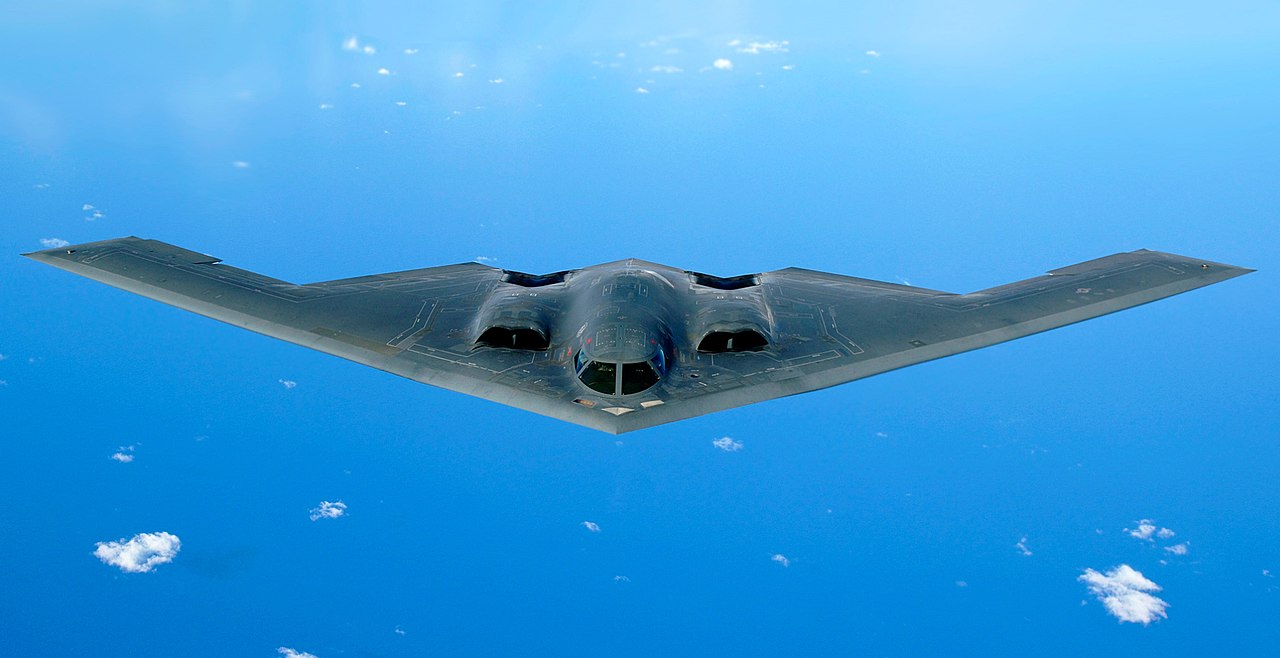B-2_Spirit stealth.jpg

Part 3 of 3 Parts (Please read Parts 1 and 2 first)
A second major argument against silo-launched ICBMs is that they will probably be set up for launch under attack which might result in a false alarm triggering a massive launch of ICBMs. The Soviet Union got a false alarm in 1983 that they were under attack by the U.S. Fortunately, the duty officer in charge that night was experienced and level-headed. He knew that the Soviet satellite early warning system was unreliable. He waited for ground-based radar systems to verify the attack that never came. The U.S. has had its own false alarms. With the advance of computer technology, the possible of a cyberattack on early warning systems has grown since the Cold War.
With the recent rise in international tensions, the U.S. should be doing everything possible to reduce the risk of all out nuclear war. Critics of silo-based ICBMs say that even if they were free, they are not worth the cost of maintaining or modernizing. They actually have “negative” value and should be eliminated from the U.S. nuclear arsenal. The U.S. could increase the quantity of nuclear warheads on submarines and stealth bombers while reducing the number of ICBMs to maintain the same number of nuclear warheads allowed by the New START treaty.
The best solution to the problems of silo-based ICBMs would be to extend the New START treaty and then lobby the Russians to eliminate their silo-based ICBMs as the U.S. eliminated theirs. This would serve to reduce Russian concern about a possible first nuclear strike attack from the U.S. This would also reduce their perceived need to quick launch under possible attack. The possibility of nuclear war would be significantly reduced. It should allow about a twenty five percent reduction in deployed warheads in both the U.S. and Russia under the New START treaty.
A third major concern about silo-based ICBMs in the U.S. has to do with the personnel manning the silos. The U.S. missile forces used to be a high prestige posting for members of the Air Force. This has changed over the years. It is now seen as a back water low status posting. The silos are located in remote backwaters of the U.S. heartland. Far from the comforts of U.S. urban centers, the personnel posted to silos suffer from low morale and lack of respect for regulations and procedures.
The personnel in the silos are supposed to be tested and certified in launch procedures every month. Recently, widespread cheating on the certification tests has been uncovered at several U.S. missile bases. In addition, while the cheating was being investigating, it was discovered that drugs were being sold and consumed by on-duty personnel at the same bases. Upgrades of technology in the silos and missiles would not necessarily have any positive impact on the morale of the personnel staffing the silos. Without proper adherence to training, testing and launch procedures, it is quite possible that if there was an attack by the Russians, our missiles would not be properly launched in response to a warning of incoming missiles.
It would seem that in consideration of issues discussed above, silo-based ICBMs are more trouble than they are worth and should be eliminated, not modernized.